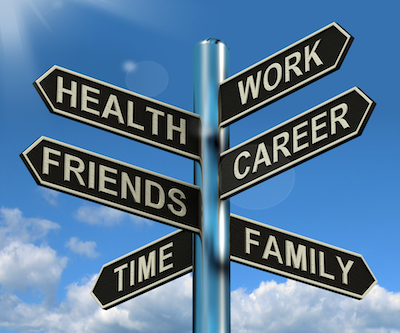By Katie O’Neill
It doesn’t matter if someone is excessively extroverted or fiercely introverted, all human beings have deeply rooted needs for social connection. The spectrum of quantity and frequency of these connections can vary, but we’re all susceptible to feelings of isolation and loneliness when these social needs are not met.
Our social landscape has changed quickly in the past few years, which could be contributing to an increase in the number of people reporting a sense of ongoing loneliness and social disconnect. In addition to becoming more and more reliant on digital interactions, our culture tends to highly value self-reliance. Feelings of not being heard, validated, or understood by those close to you as well as your peers can create an insidious sense of isolation and depression that many people find difficult to pinpoint.
Social health is a complex and highly variable component to our well-being. We can make recommendations on which foods to eat, how much exercise you should be getting, and what types of preventive care you might need. But everyone’s social barometer can skew a bit differently. There are also unique components to fulfilling your social needs – it’s not just the deep emotional connections that we need, but also small, community interactions that allow us to feel part of a greater connection to others. For example, if you go to a fitness class, even if you don’t interact with anyone directly, just being with likeminded people can promote a sense of social belonging. Speaking with people in line at a grocery store, on a bus, or elsewhere in public has been found to increase people’s levels of happiness and connection. Although it can be uncomfortable (and sometimes unwanted) to engage with others in public, we don’t realize how much we appreciate people around until we find ourselves with no one around.
The quality of social interactions is also important. No one is likely surprised that the growth of social media has negatively impacted our social health. What are some potential reasons for this? People might not be representing themselves authentically, which can lead to feelings of competition and comparison. Interactions often become argumentative and intensely heated, leading to combativeness with others or feeling attacked, bullied, and divided. Those polarizing exchanges can create stress and inner conflict without resolution.
People can feel not only misunderstood but lacking a sense of common ground with total strangers, friends, or even their Aunt Carol. Even positive social media interactions can seem superficial and a poor substitute for more in-depth interactions. Despite these issues, social media still can be a fun tool when used to keep up with friends and family from a distance, connect with similarly minded communities and peers, share life updates, and stifle any unwanted urge to attend your high school reunion.
Along with these broader interactions, we also have a need to connect and feel deeply known. Some people prefer to be in larger groups where they can talk and share feelings, while for others, having one- on-one interactions with a close friend is more fulfilling. The health of relationships is also an important factor. Feeling valued, and sharing mutual respect, trust, and compassion helps to build emotional safety. Relationships can begin to exert a negative impact when those foundations are absent or broken. Resources can be useful to help people learn how to evaluate different relationship dynamics, and to be able to recognize when and how to set boundaries or walk away from interactions and relationships that deteriorate emotional safety and self-worth or feel one-sided.
It is also important to note that people who are part of any marginalized groups, or who might be experiencing things such as domestic abuse, substance misuse, grief, chronic pain or illness, or who are neurodivergent are more susceptible to feelings of disconnection.
For the HR professional, contributing to a workplace that fosters inclusion, positive interactions, and respect can help to promote better employee social health. Providing access and reminders for resources such as Employee Assistance Programs (EAPs), community resources, and workplace social groups can provide more tools for engagement. While addressing social health is more complex and multi-factorial than other aspects of health, the workplace culture is uniquely poised to offer opportunities from within and through outside resources to help improve social and community connections.

Vice President and Clinical Wellness Practice Leader
McGriff
Katie.ONeill@McGriff.com
www.McGriff.com
